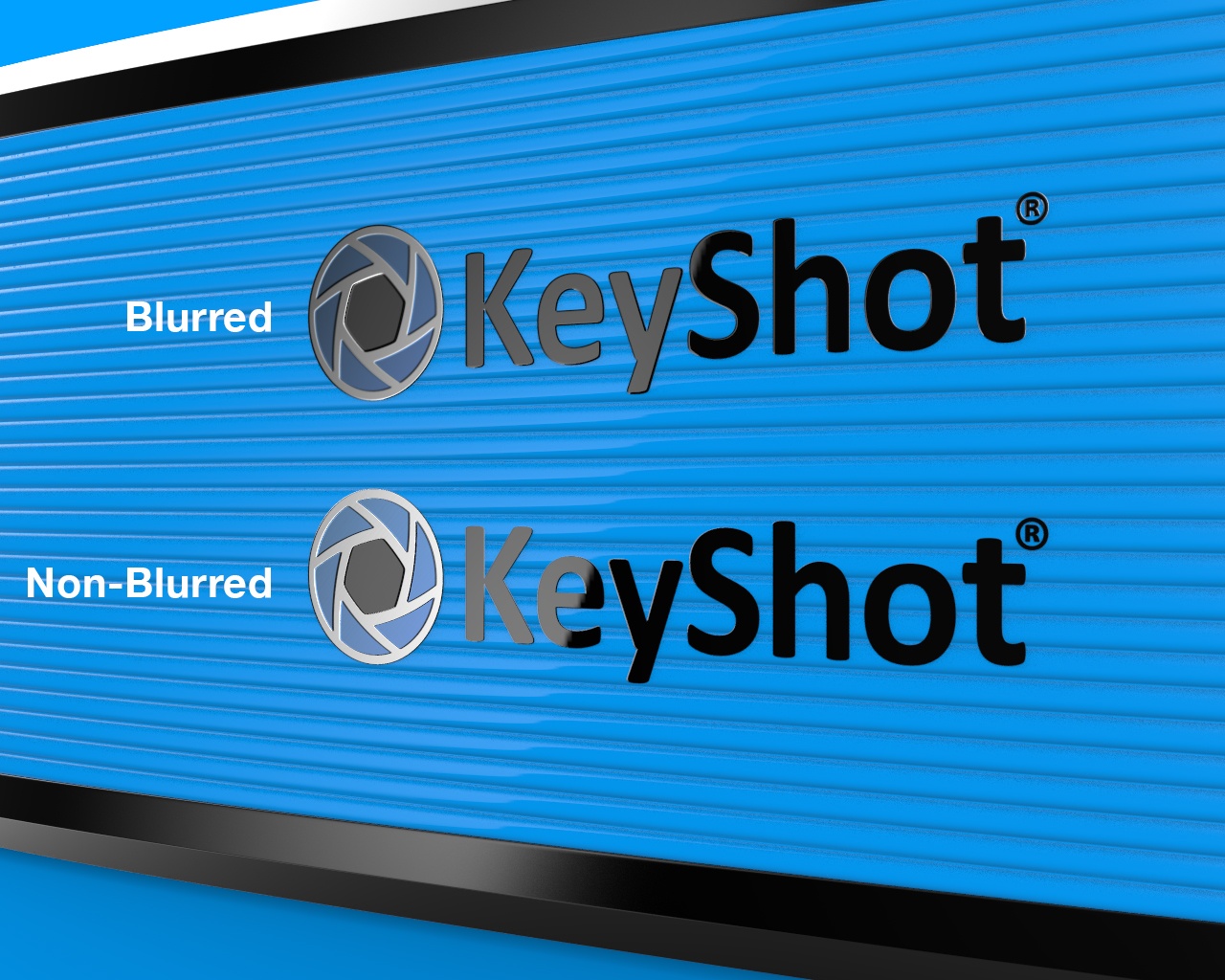

You will see the Samples slider when you click the expand arrow next to the Roughness slider.

Each ray collects information from its surrounding environment and returns this information back to the pixel to determine the final appearance. This allows you to set how many rays are emitted from a pixel in a rendered image. Since glossy materials with some roughness are more complex to render, KeyShot has a setting built in that can improve the accuracy of these rough materials. Due to the additional light scattering, rough materials are more challenging and take more processing power to render than perfectly reflective surfaces. When roughness is added, light rays are scattered across the surface which causes specular reflections to break up. The diagram that explains the Diffuse parameter can also help explain why materials appear rough. This is a slider that will add microscopic levels of imperfections to surfaces to create rough materials. The Roughness parameter is another setting that will be found on multiple material types in KeyShot. Best Practices for 3MF Export for 3D Printing.Best Practices for Sharing and Embedding USDz and GLB Files.License Server Installation (PC) - Custom.Client Error: Unsupported KeyShot Version.Server Error: Invalid Mac Address (HostID).

Step 7: Add a smart object in the original file. Double-click or right-click on the checkered icon and browse for a texture map or procedural texture. How to Add a Displacement Map Using Photoshop Step 1: Open your image.Drag a texture onto the checkered icon.Three ways to apply a roughness texture within KeyShot This displacement map is then used to apply a texture to a flat graphic via the Displace filter, and it distorts the graphic to conform to the shape of the map. How do displacement maps work Photoshop?Ī displacement map is a grayscale version of the same image that you are working on, saved as a Photoshop (. lies within the reflection map (REFL) instead when using this workflow. Displacement Maps actually change the geometry of the mesh based on the image. The choice of what textures to use in any given application can become very. Solution: Bump Maps simulate geometry changes based on an image – the light and dark values of an image imply height. What is difference between bump and displacement map? Create a new image at 1200 x 1200 pixels. Step 1: Create a texture in Photoshop.How to Create Bump, Color, Specular and Opacity Maps (Really Fast) Step 7: Add a smart object in the original file.How to Add a Displacement Map Using Photoshop


 0 kommentar(er)
0 kommentar(er)
